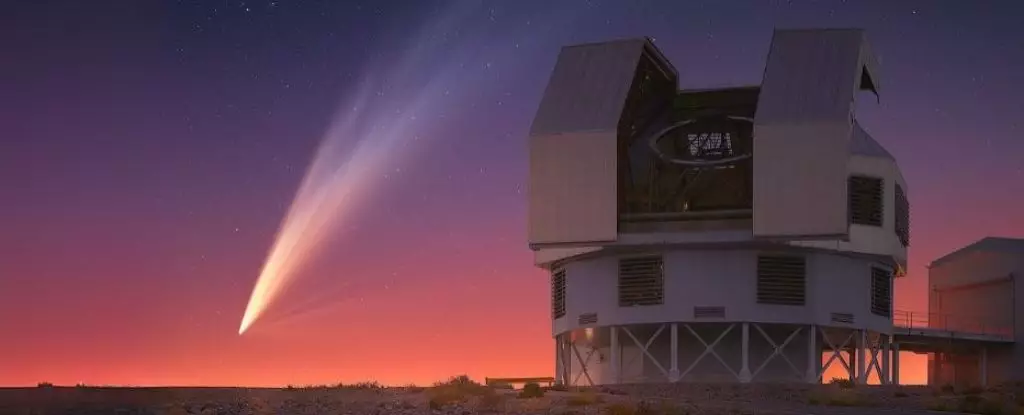Comets have always captivated the human imagination, acting as harbingers of wonder from the distant cosmos. Each sighting evokes a mix of anticipation and skepticism among amateur astronomers and seasoned stargazers alike. Among the recent celestial visitors, Comet C/2024 G3 ATLAS has emerged as a focal point of intrigue, yet its journey thus far has been fraught with uncertainty, reminiscent of both awe-inspiring successes and noteworthy failures of past comets.
Discovered on the night of April 25th, 2024, by the Asteroid Terrestrial-impact Last Alert System (ATLAS) survey, Comet C/2024 G3 ignited the imaginations of those who follow celestial events. Early predictions suggested that it would reach its brightest around perihelion in January 2025. The anticipation of a bright new comet draws attention not just from stargazers but from scientists who study the behavior and properties of these icy bodies. The potential brightness of C/2024 G3 ATLAS hinted at a spectacular show in the night sky.
However, this excitement is always tempered with caution. Comets are inherently unpredictable; they can either dazzle or disappoint. The fickle nature of these celestial wanderers has been vividly illustrated by cases like that of Comet C/2012 S1 ISON, which shattered in 2013, leaving behind only the faintest echoes of its former glory. The dichotomy of expectations versus reality plays a significant role in the ongoing narrative of comet observations.
As C/2024 G3 approached its perihelion—scheduled for January 13, 2025—astronomers eagerly monitored its trajectory and brightness. At its closest point, the comet passed only 14 million kilometers from the Sun, a perilous journey that would ultimately determine its fate. Observations recorded by the LASCO C3 imager on the Solar and Heliospheric Observatory (SOHO) captured G3 ATLAS glowing at -3.8 magnitude, momentarily claiming the title of the brightest comet since P1 McNaught in 2007.
Yet, the comet’s anticipated display faced challenges almost from the start. While it achieved some degree of visibility, particularly in the southern hemisphere, the northern regions braced themselves for a lackluster performance. For many in the northern sky, G3 ATLAS was a fleeting glimpse, emerging from the ecliptic only briefly before diving again into the cosmic veil.
Comet G3 ATLAS, despite its early brilliance, was not immune to the punishing effects of solar radiation and gravitational forces. As it reached perihelion, the system of exo-atmospheric forces began to reveal the fragility inherent to comets. By January 18, images showcased a worrying transformation—its nucleus appeared to decline in health, leading it to be described as a ‘headless comet’ by observers. The remnants of its glowing tail, which once foreshadowed a vibrant spectacle, still persisted, but they came to symbolize a comet past its prime, unable to sustain the expectations that had built up after its discovery.
As of now, Comet C/2024 G3 ATLAS shines faintly at +5th magnitude within the confines of the constellation Piscis Austrinus. With estimations placing its inbound orbit at a staggering 160,000 years, the faded beauty of this comet serves as a reminder of the impermanence of celestial wonders. The journey of C/2024 G3 ATLAS evokes both admiration and caution—while some fragments may return to grace the inner solar system in the distant future, the notion of watching a spectacular celestial event dwindle before one’s eyes remains a poignant aspect of human connection to the universe.
While this comet may not have resonated as strongly in northern skies, it undoubtedly continues to fascinate. It nudges us to pursue the beauty that exists within adversity and unpredictability, making the hunt for comets an integral experience in the realm of observational astronomy. Let us continue to explore this celestial canvas and embrace the challenges that lie ahead, never hesitating to look skyward and dream of wonders yet unvisited.

